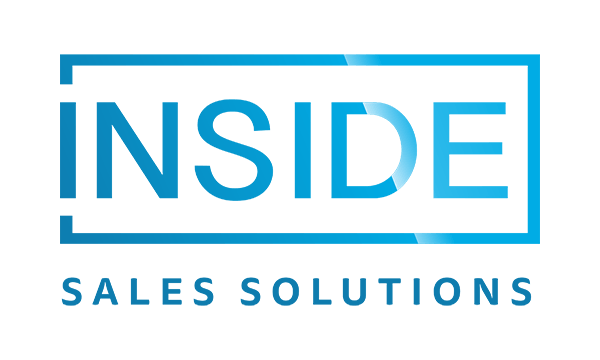As technology continues to advance, so does the need for managed service providers (MSPs). In fact, the MSP market is expected to grow by approximately 80% between now and 2026. This increase in demand should be music to the ears of anyone responsible for MSP sales – but we all know it’s not quite that simple.
Your services are often technical, complex, and related to critical functions for your customers (such as cybersecurity). You also have to face a growing sea of competitors, including many that may be using the same underlying software and/or hardware as your firm.
While you may have gotten to this point through networking and referrals, you’ll likely need additional sources of customers to stay competitive and meet your growth goals. But what does it take to be successful in MSP sales? To quickly and effectively earn prospects’ trust, communicate your value, and stand out from the competition?
Based on our extensive experience helping MSPs generate demand and close deals, these four tips can make all the difference:
1. Build a thought-leadership strategy.
Establishing yourself as an expert is massively important as an MSP. When you think about sales and marketing at any level, this point seems the most obvious. But we all get buried in daily tactics and lose sight of who we are trying to become in the market. Establishing yourself as the expert is all about intentionality – being strategic and consistent.
That means having a content marketing and sales enablement plan focused on thought leadership and customer stories or cases studies. As these plans take shape, make sure they’re geared toward your target market as a whole. Zoom out. Credibility in the field you’re in will take you further as a business than exclusively focusing on current technologies and partners. The latter details are likely to change over time, so work to position yourself as your entire market’s go-to expert.
These tips don’t end at you. You’re just the beginning. As an MSP, your staff is the product – meaning the market needs to know they’re experts as a unit. Every engagement through the sales process should illustrate this fact, because prospects are constantly assessing whether or not your company can do the work.
2. Establish an insights engine.
Strategic customer insights should live throughout the sales process. Talk to your prospects and customers on a regular basis. Create surveys for both customers and prospects. Consider a sales-led customer advisory board with incentives for participants. However you do it, your focus should be on finding the latent pain within prospects’ environment. There are many strategies to consider when it comes to establishing an insights engine. Create one that aligns with your unique needs, scale its processes, and your organization’s understanding of the customer will reach new levels.
With this newfound understanding of your audience, approach marketing and lead generation tactics with the “what’s in it for me” (WIIFM) mindset most prospects have. The emphasis should be on how your service is uniquely suited to help solve specific problems for the prospect. And importantly, showing them actual ways in which you’ve done it before.

3. Maximize every line of your budget.
When it comes to MSP sales budgets, it’s less about how much you can spend and more about returns.
You don’t have the same size budget as your software and hardware partners. You can’t afford “spray and pray” marketing or even effective strategies that simply take too long to work. So it’s important to focus sales and marketing efforts on the highest-ROI activities. Measure what works, and double-down on the areas you need the most. For example a lead-generation LinkedIn advertising campaign or an appointment-setting campaign are likely better bets than running a print ad or getting some high-level exposure through a sponsorship.
This is more tactical but consider auditing your tech stack too. Your company is likely small enough and tech savvy enough that you can add or switch sales and marketing tools with relative ease. Ensure you have the tools that work best for your strategy, whether that’s a comprehensive platform like HubSpot or specific point solution like Pipedrive CRM.
Finally, when you’re identifying who you’ll be targeting with your marketing and sales efforts, use caution. It’s tempting to establish a target that’s as large as possible. But don’t fall into the trap of mistaking target market size with opportunity. To truly maximize your budget, it’s actually far more effective to begin with a ‘lookalike’ audience based on your current customers.
4. Communicate your value with precision.
MSPs must close the loop on their sales process by clearly communicating their value. Once you have a strategic insights plan, you’ll know your audience even better. You’ll know their biggest fears and problems, and you’ll know exactly why they need your services. So translate these insights with precision; marry intelligence and customer communications.
Who are your services perfect for? What can you do for them specifically? Who’s not a great fit for your services?
Understand your value proposition and be direct with potential customers.
As we’ve mentioned before, we often see sales reps who aren’t relaying the full (and accurate) value of their offering in conversations. In MSP sales, this can cause the prospect to assume your service is unable to solve their issue. Or possibly worse, a lack of clarity in your sales conversations can cause the prospect to believe your services are capable of solving something they can’t.
Married with the other three tips we’ve covered, effectively communicating your value proposition will help ensure that you reap the rewards of the growing market for MSPs.

